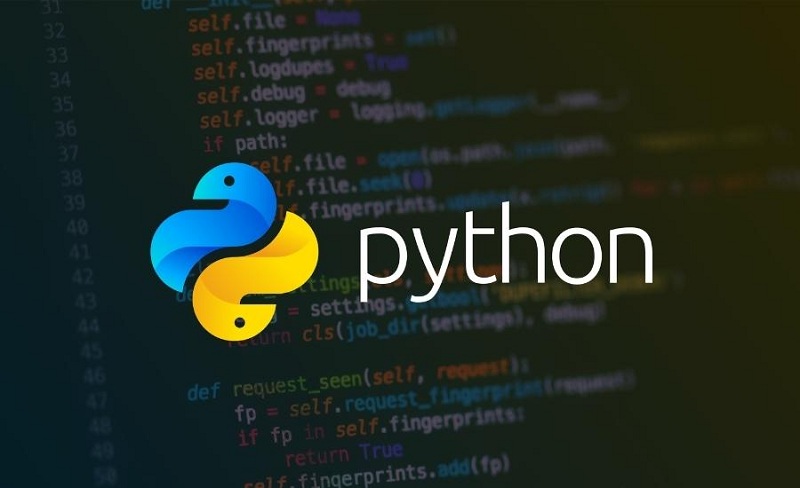Python is one of the most popular programming languages today, known for its readability, user-friendly syntax, and wide range of applications. If you are a beginner and want to learn Python programming from A to Z, this article provides a detailed guide to help you confidently enter the world of programming.
1. Introduction to Python
Python is a high-level programming language created by Guido van Rossum in the late 1980s. It was designed with the goal of being easy to read and write, supporting both object-oriented and functional programming. Python is commonly used in various fields such as web development, data science, machine learning, and automation.
2. Installing Python
Before you start learning, you need to install Python on your computer.
- Step 1: Visit python.org.
- Step 2: Download the latest version of Python and follow the installation instructions.
Step 3: Verify the installation by opening Command Prompt (Windows) or Terminal (macOS/Linux) and typing the following command:
python --versionIf you see the Python version, you have successfully installed it.
3. Choosing an IDE (Integrated Development Environment)

A good IDE will help you easily code and test your programs. Some popular IDEs for Python include:
- PyCharm: A powerful IDE with many helpful features for Python development.
- Visual Studio Code: A lightweight editor with good extension support for Python.
- Jupyter Notebook: Great for data science and machine learning, allowing you to run code cell by cell and see results instantly.
4. Basic Syntax of Python
After installation, you can start familiarizing yourself with the basic syntax of Python. Here are some foundational concepts:
Printing to the console:
print("Hello, World!")Variables and data types:
name = "John" # String type
age = 30 # Integer type
height = 1.75 # Float type
is_student = True # Boolean typeConditional statements:
if age >= 18:
print("You are an adult.")
else:
print("You are not an adult.")Loops:
for i in range(5):
print(i)
while age < 35:
age += 1
print(age)5. Working with Functions
Functions are an essential part of programming. Here’s how to define and use a function in Python:
Defining a function:
def greet(name):
return f"Hello, {name}!"
print(greet("John"))6. Lists and Tuples
Lists and tuples are two important data types in Python:
Lists:
fruits = ["apple", "banana", "cherry"]
fruits.append("orange") # Adding an element
print(fruits[1]) # Accessing the second elementTuples:
coordinates = (10, 20)
print(coordinates[0]) # Accessing the first element7. Libraries and Modules
Python has millions of libraries available that help save development time. Some popular libraries you should explore include:
- NumPy: A library for numerical calculations and data science.
- Pandas: A library for data analysis.
- Matplotlib: A library for plotting graphs.
To use a library, you need to install it first. Use pip to install:
pip install numpy pandas matplotlib8. Object-Oriented Programming (OOP)
Python supports object-oriented programming, allowing you to create classes and objects.
Defining a class:
class Dog:
def __init__(self, name):
self.name = name
def bark(self):
return f"{self.name} says woof!"
my_dog = Dog("Buddy")
print(my_dog.bark())9. Learning through Real Projects

One of the best ways to learn programming is through real projects. You can start with small projects such as:
- A contact management application.
- A simple game like Tic Tac Toe.
- A basic website using Flask or Django.
10. Learning Resources
Here are some useful resources to learn Python:
- Books: “Automate the Boring Stuff with Python” by Al Sweigart.
- Online Courses: Codecademy, Coursera, Udemy, or edX.
- Community: Join forums like Stack Overflow or Reddit to exchange knowledge and experiences.
Conclusion
Learning Python programming from A to Z can be challenging but also very rewarding. By following the steps above and practicing regularly, you will quickly become a confident Python programmer. Remember that practice is key to success in programming, so start today!




